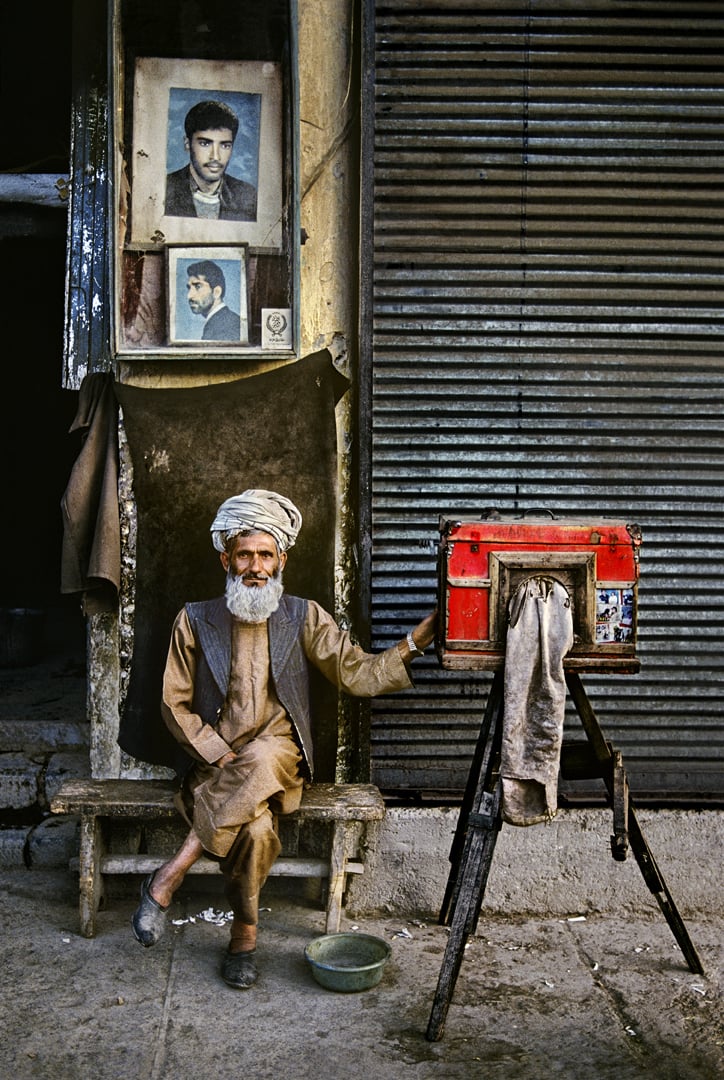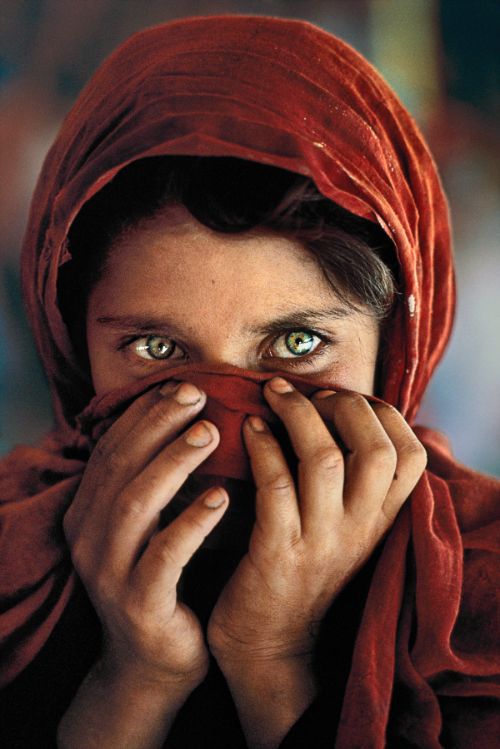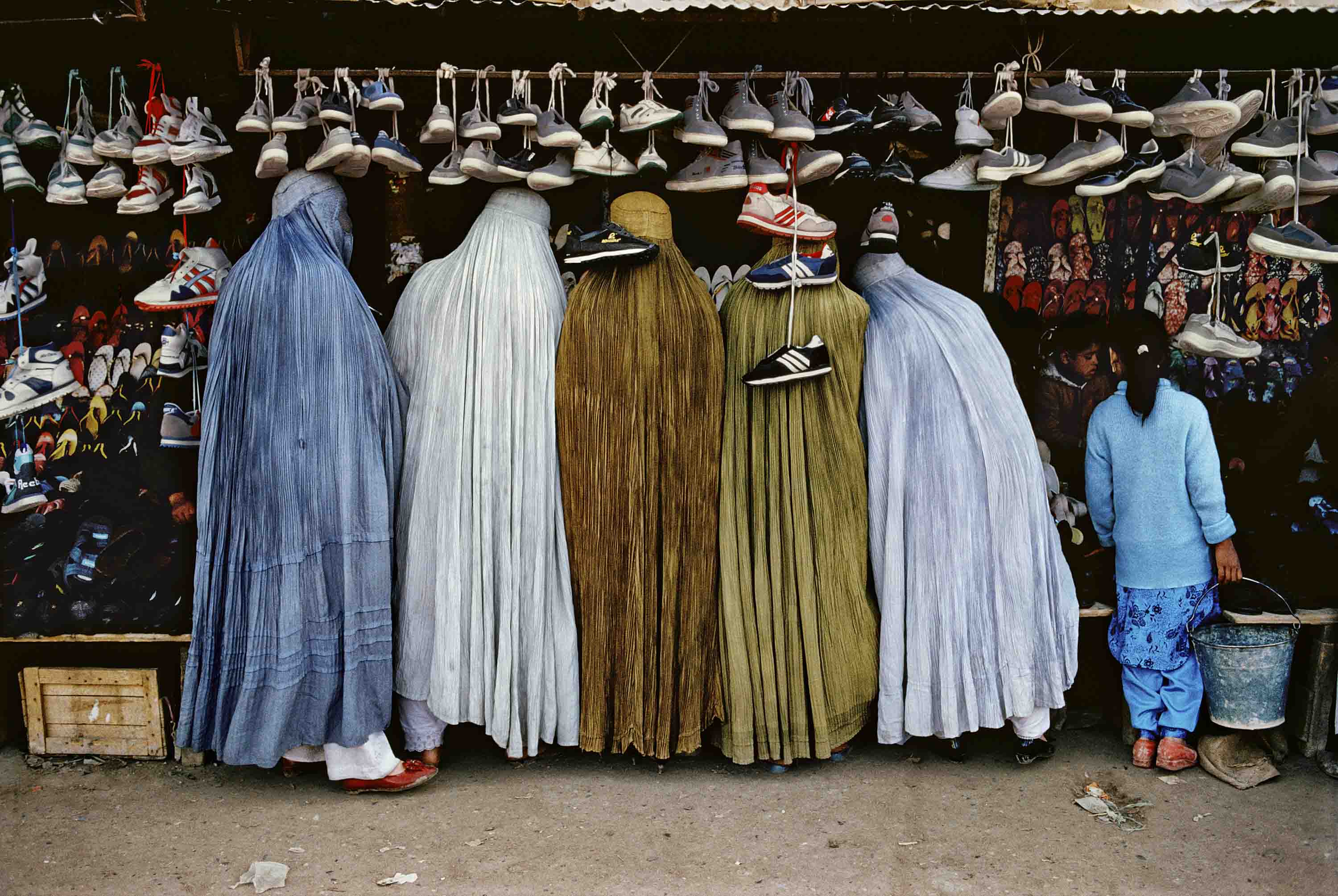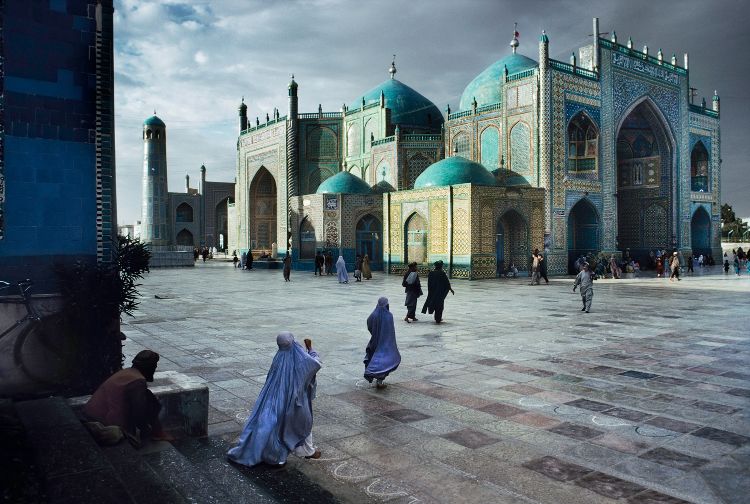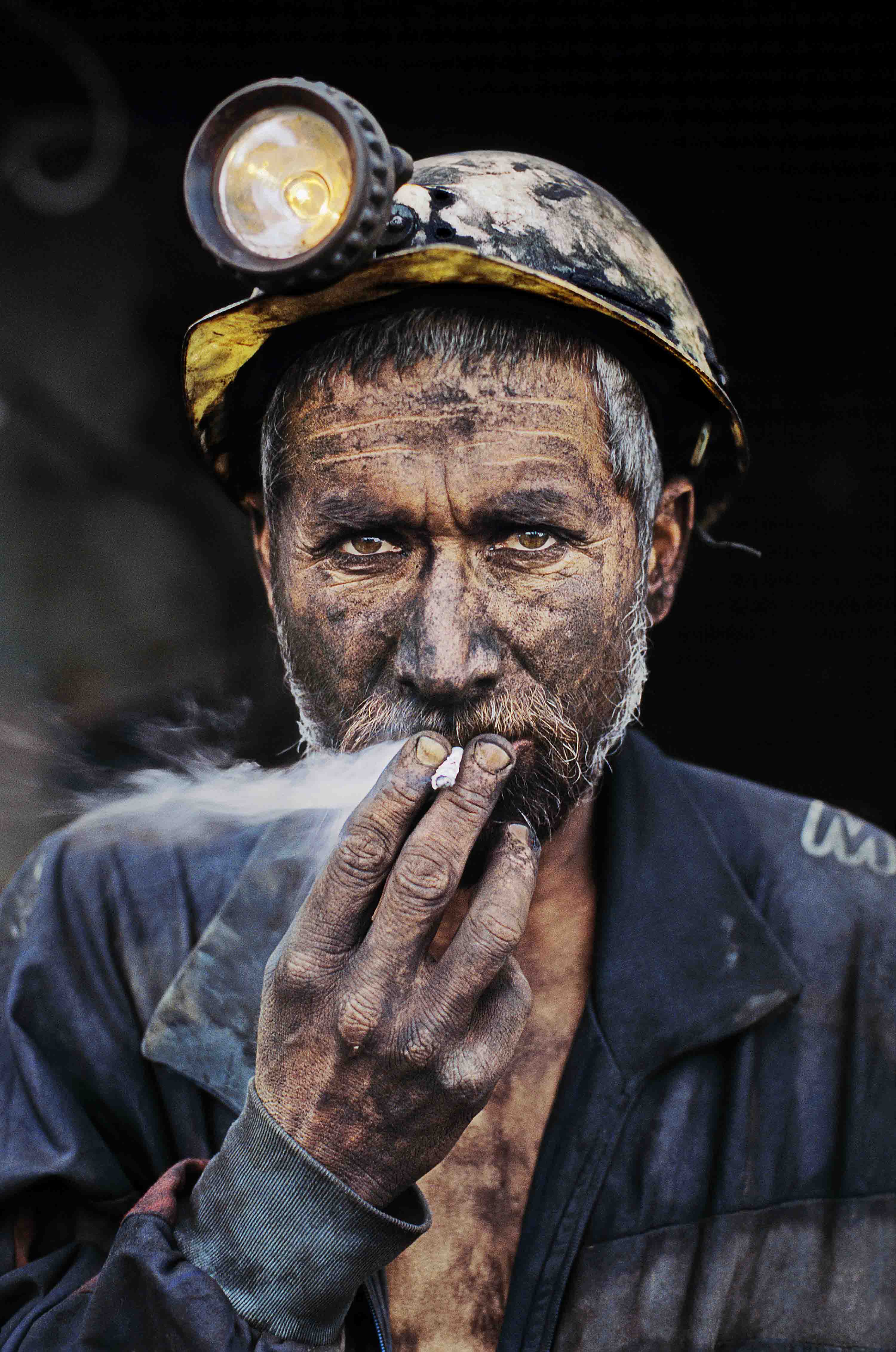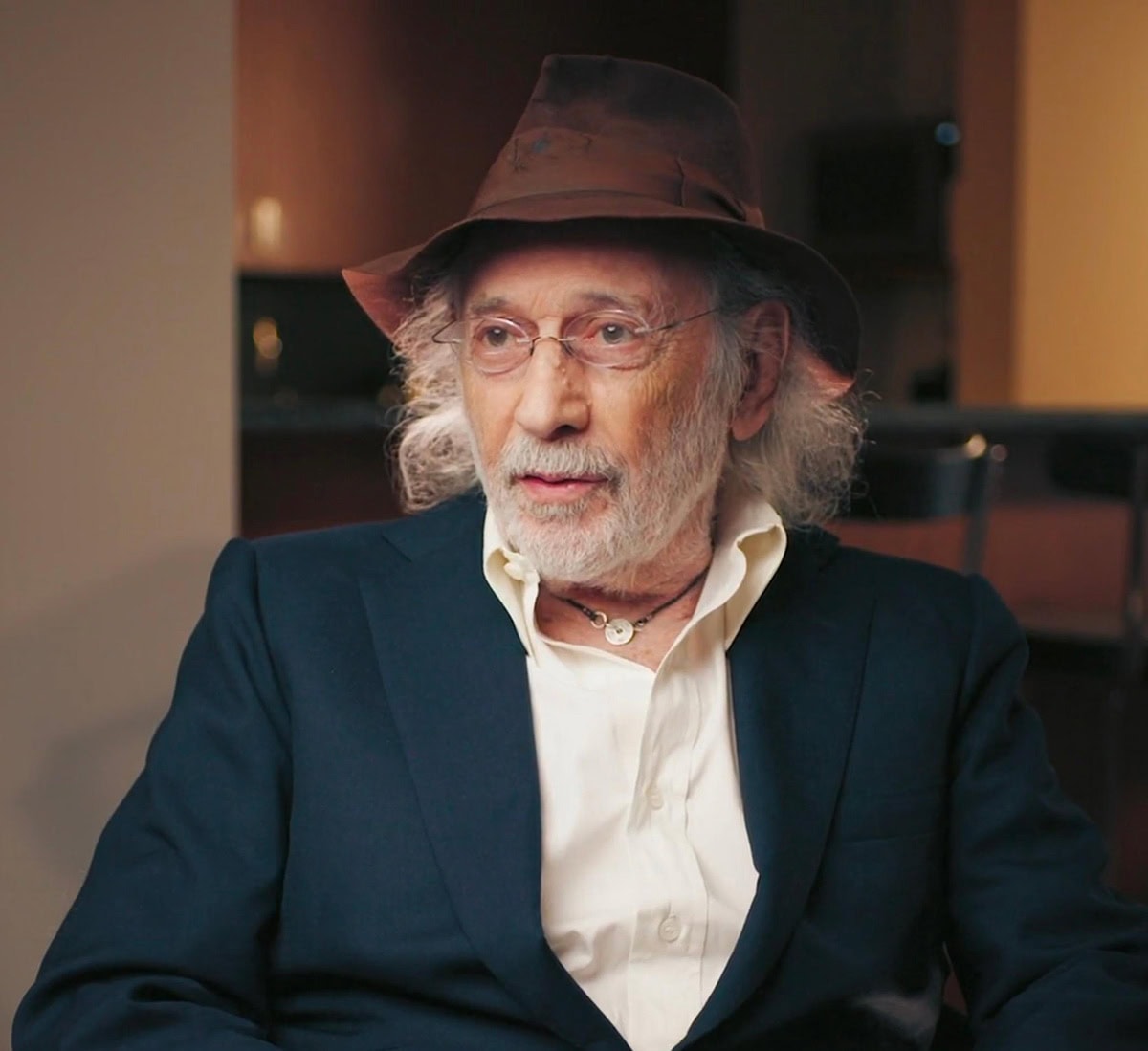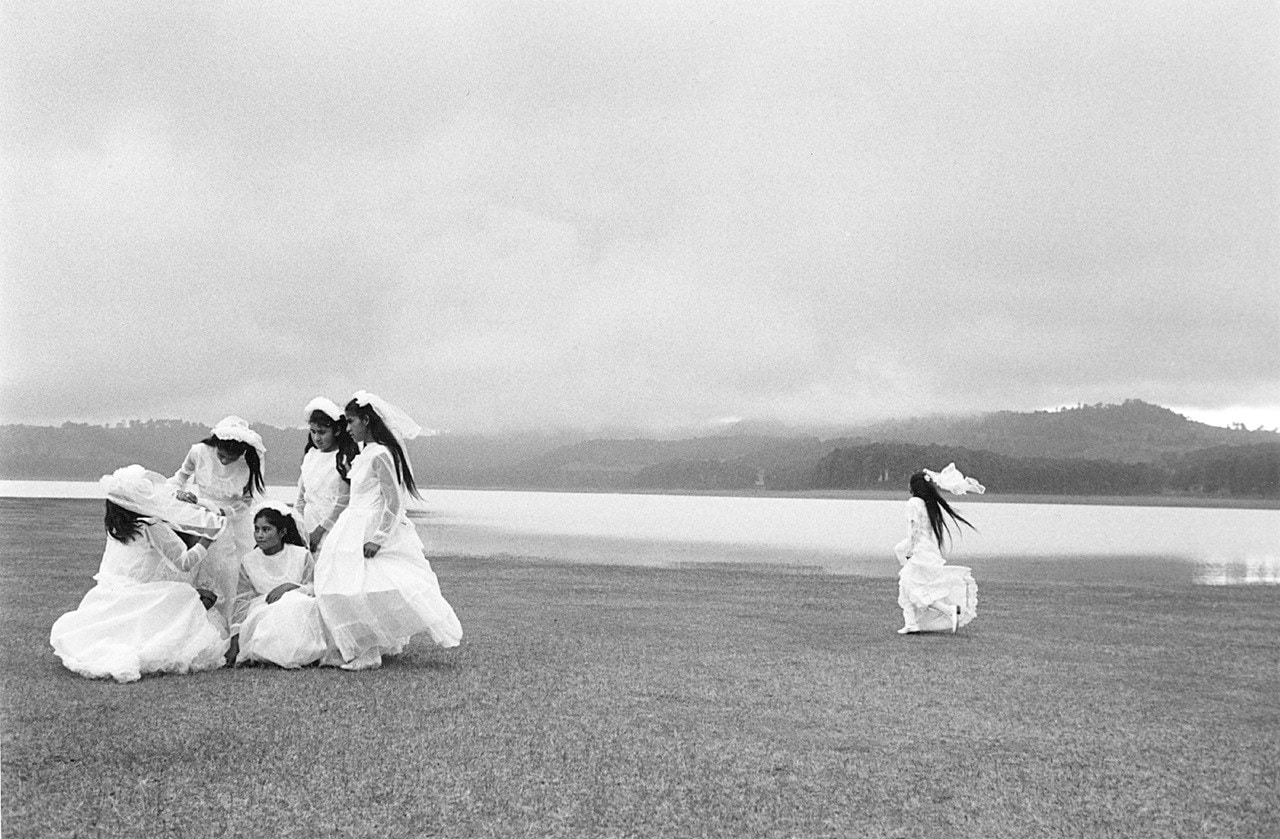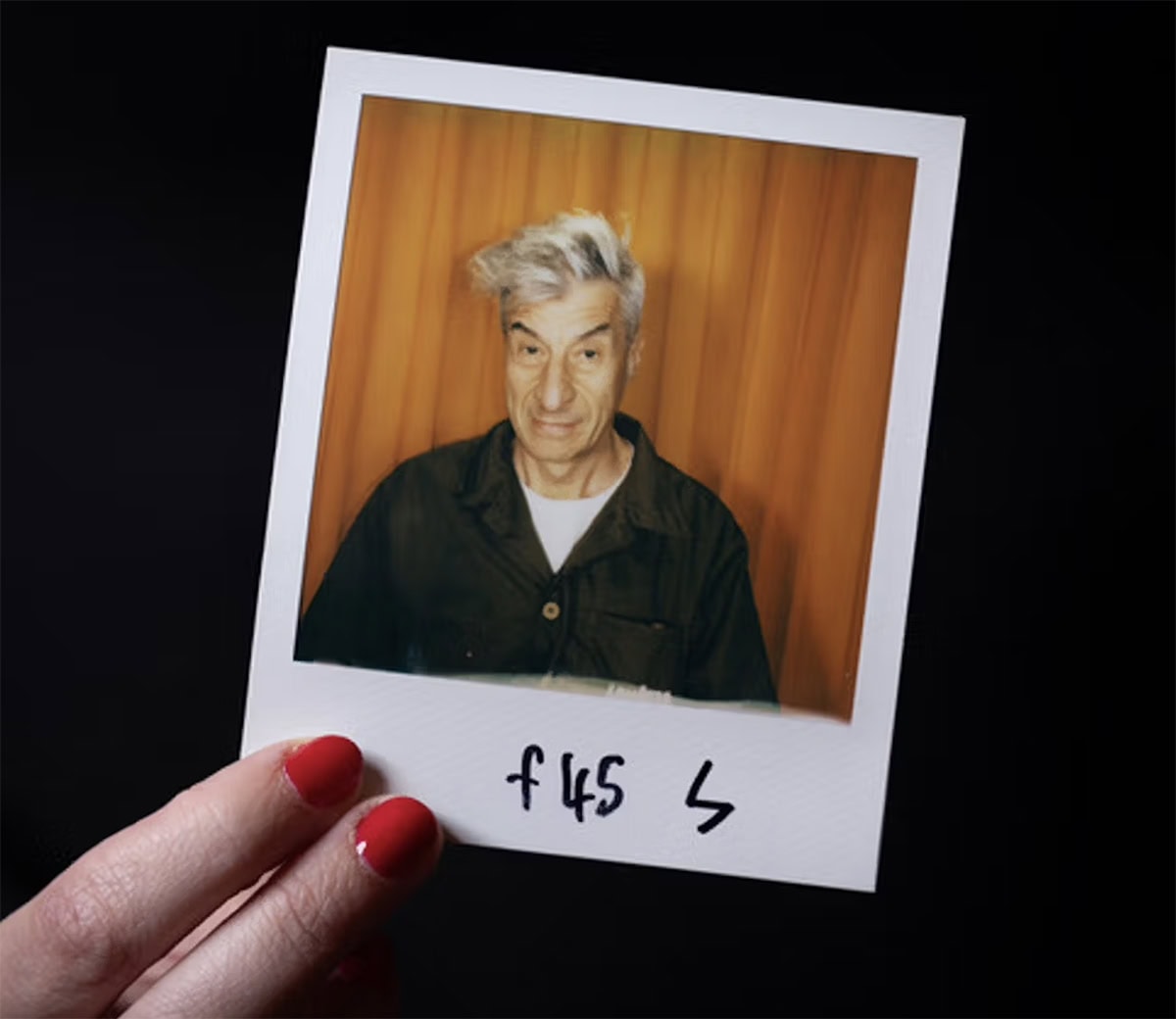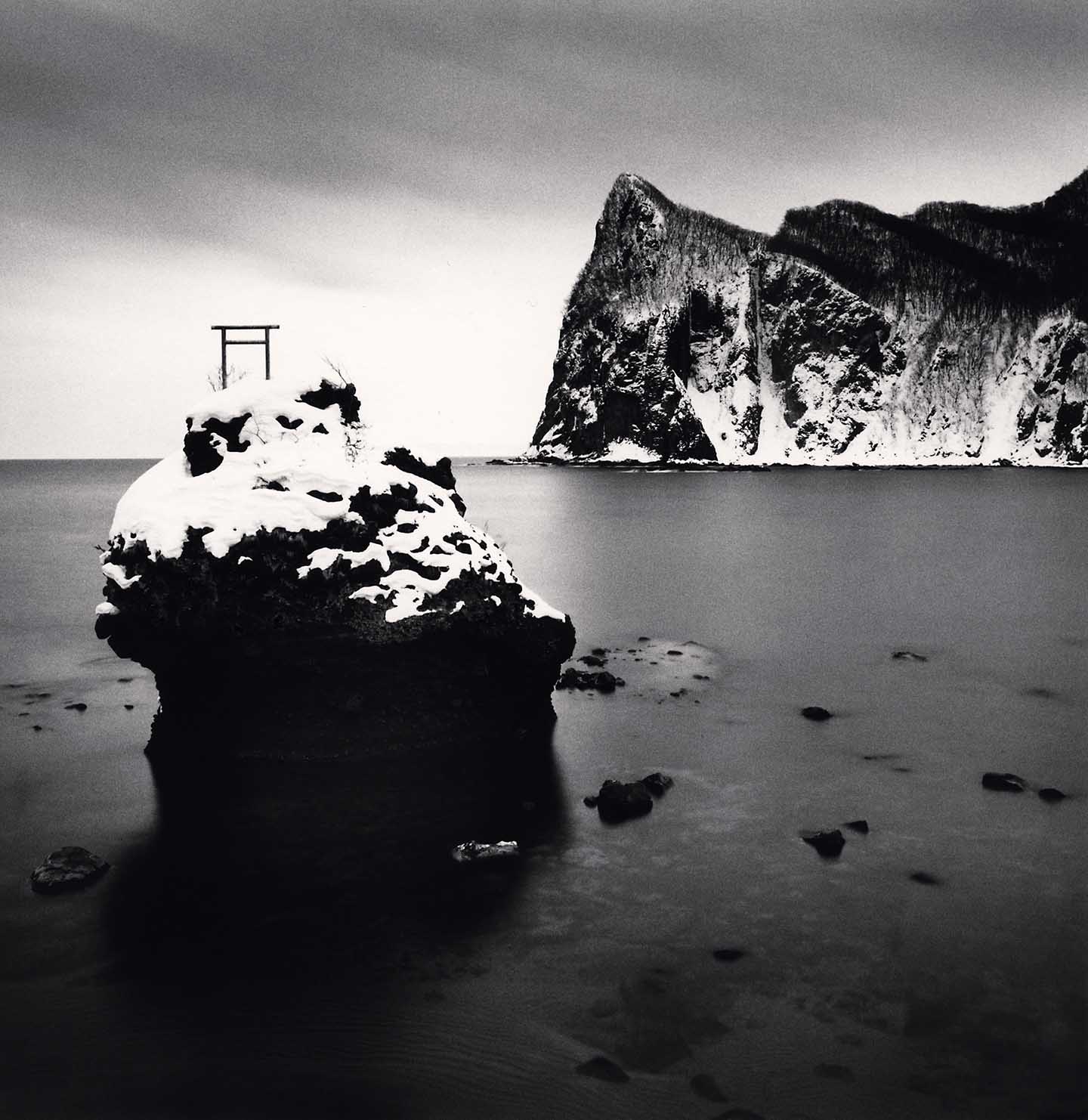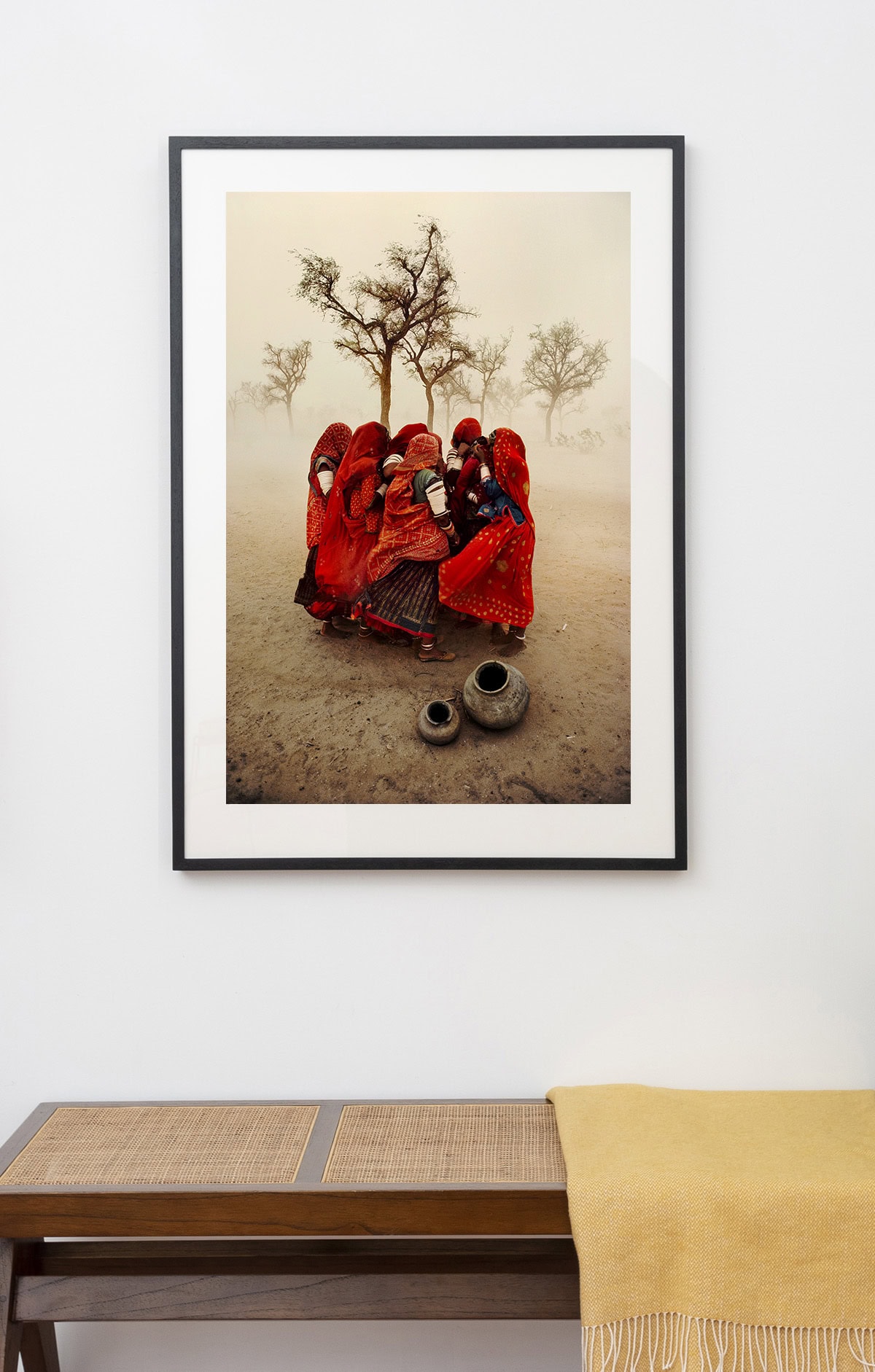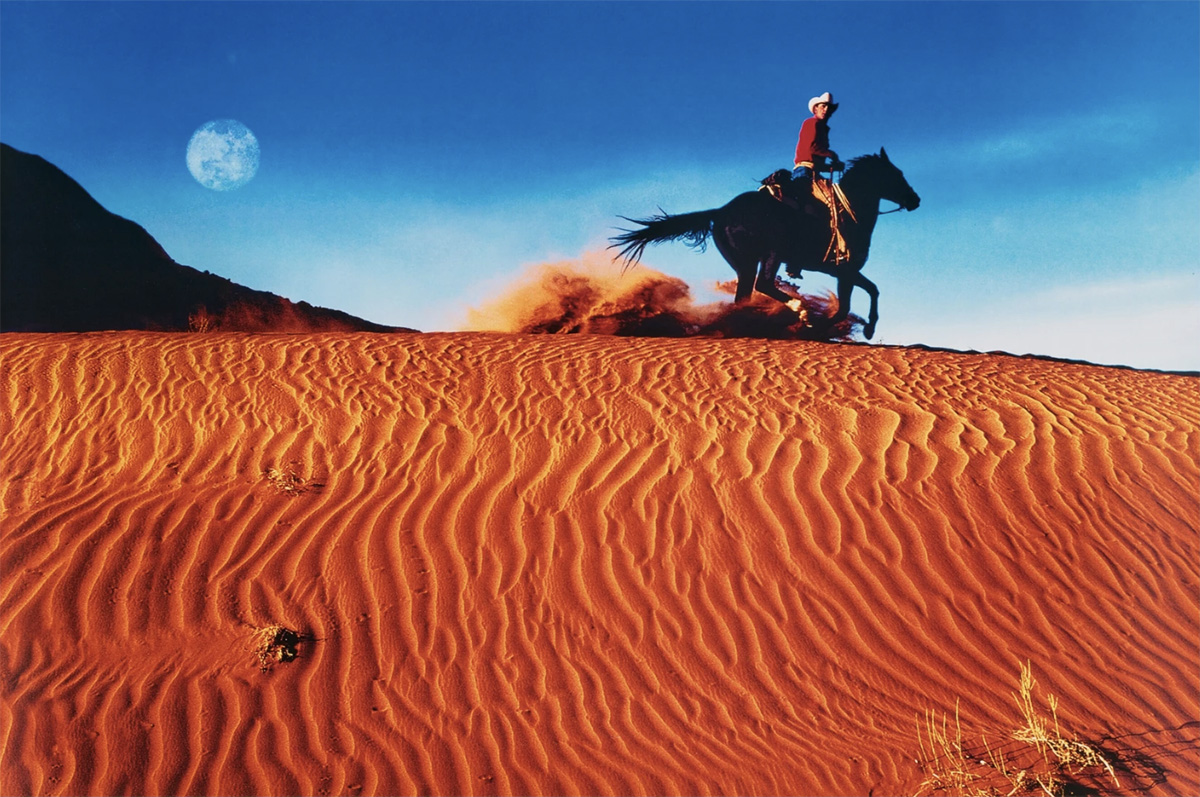Steve McCurry’s ‘Afghan Girl’: The Story Behind The Image

In 1984 Steve McCurry was approached by National Geographic to photograph the refugee camps along the Afghan-Pakistan border. The Soviet-Afghan War was a protracted conflict in which the Soviet Union invaded Afghanistan to support a communist government, leading to a decade-long struggle against Afghan resistance forces known as the Mujahideen. At the time of McCurry’s visit, the war had been raging for five years, and had decimated the rural populations of Afghanistan. Millions fled the country as refugees, mostly to Pakistan and Iran. McCurry visited 30 camps just outside Peshawar and, although some of the camps had been established for years, there was still only basic shelter and facilities.
In Pakistan’s Nasir Bagh refugee camp, McCurry found a tent that had been set up as a girls’ school in which fifteen girls were having lessons. It was here that the photographer noticed one girl with particularly startling green eyes. He recalls, “she had an intense, haunted look, a really penetrating gaze – and yet she was only about twelve years old.” The girl was of Pashtun ethnicity and had fled from the Soviets bombing her village in eastern Nangarhar. McCurry describes how, “She was very shy. I guess she was just as curious about me, because she had never been photographed… After a few moments she got up and walked away. But for a brief instant, everything was right – the light, the background, the expression in her eyes.” This brief moment resulted in what is arguably the most widely recognised photograph of the twentieth century.
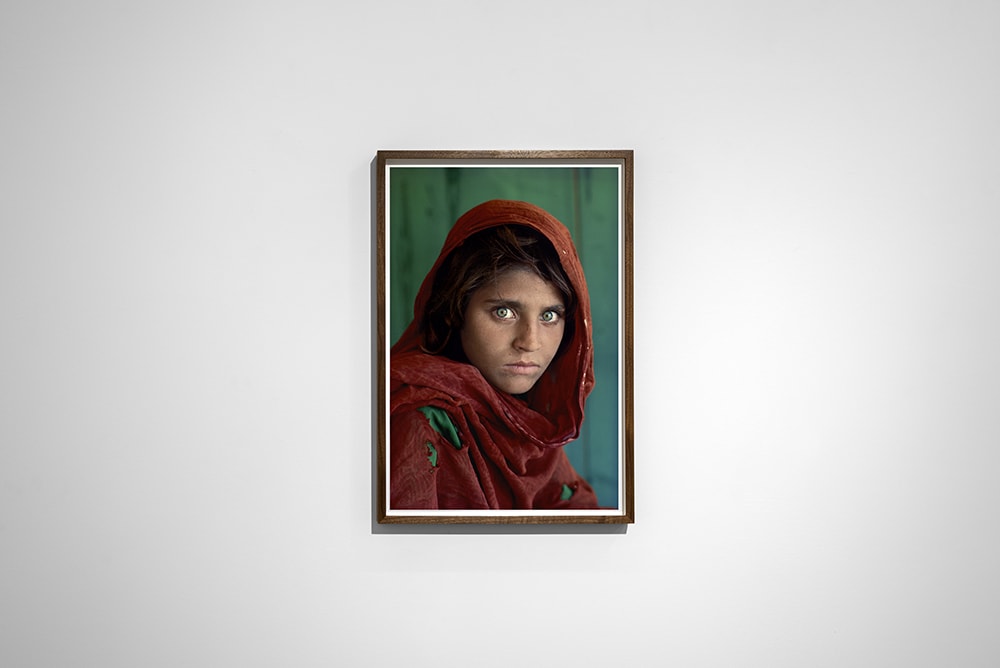
It is custom for Afghan women not to reveal their names to strangers, and so the photograph became known quite simply, as ‘the Afghan Girl’. Without an identity or story of her own, the girl McCurry photographed quickly came to represent the suffering of children in war torn countries around the globe, and a symbol of the real consequences of such conflict on ordinary people. The image became the human face of conflict in the Middle East and a symbol of defiance in adversity.
In 2002, McCurry returned to Pakistan with a National Geographic television film crew to try to locate the enigmatic sitter. When McCurry’s team arrived at the Nasir Bagh camp, they learnt it was due to be demolished, but were able to show photographs to tribal elders and camp authorities. With the help of the Pakistani journalist Rahimullah Yusufzai, who was from the same Pashtun tribe as the camp residents, McCurry talked to hundreds of people. He eventually found a man who knew the girl’s brother, Khashar Khan, who told him that she was in one of the most dangerous areas of Afghanistan, where American forces had been bombing. The man agreed to help bring her and her brother across the border. When McCurry was reunited with the now thirty-year-old woman he instantly recognised her bright green eyes. This was the first time McCurry heard her name: Sharbat Gula.
McCurry founded the Afghan Girl’s Fund to work with non-profit organisations to help young women in Afghanistan. In 2008 the organisation widened its scope to include boys and changed its name to the Afghan Children’s Fund.
FeaturedSteve McCurry
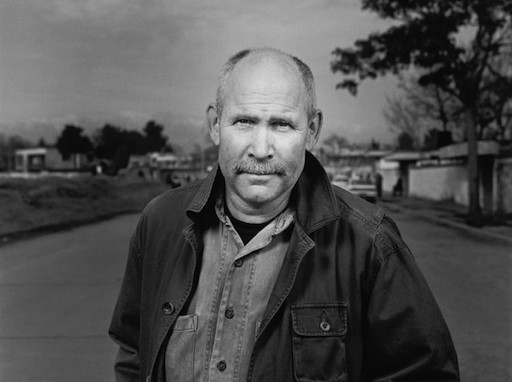
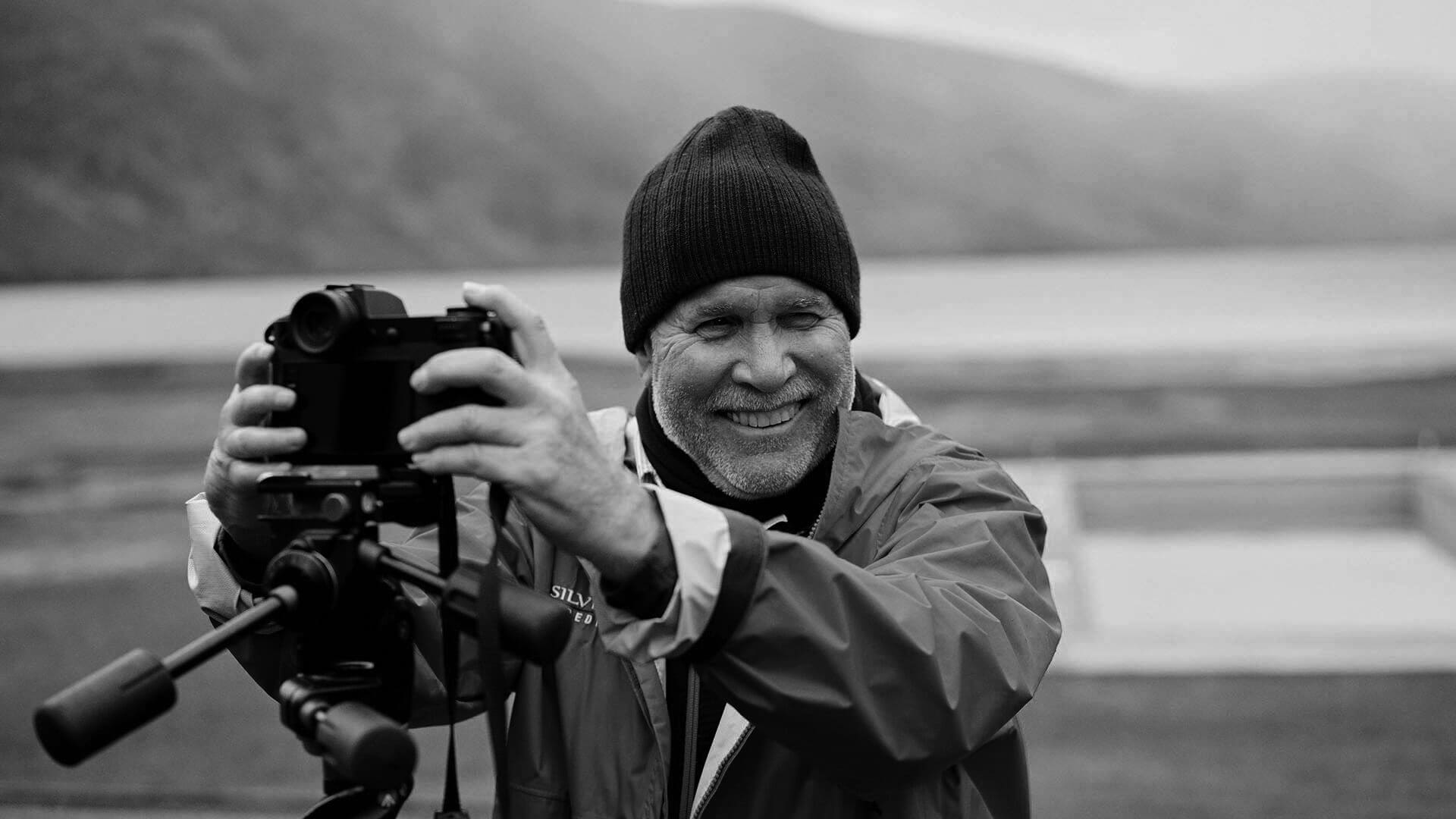
The ArtistSteve McCurry is best known for his evocative colour photographs that document social issues in wider global geopolitics.
Steve McCurry